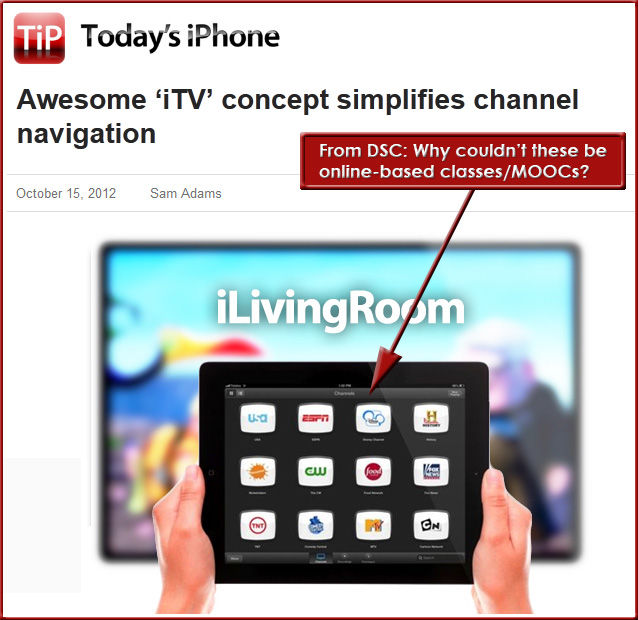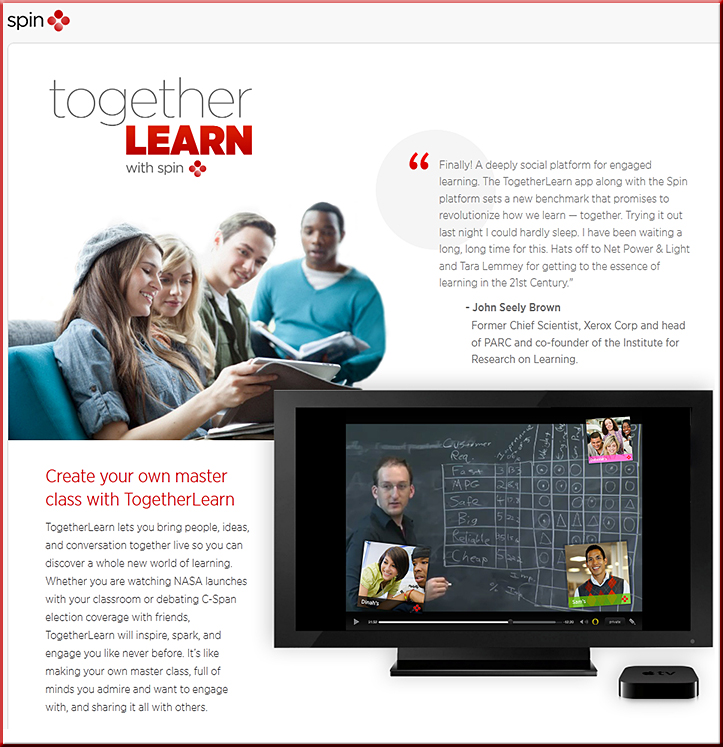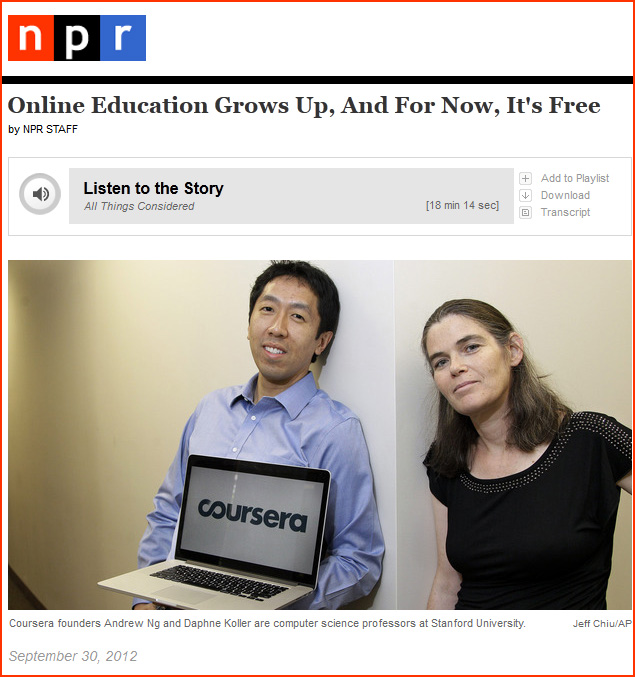College may never be the same — from USA Today by Mary Beth Marklein
Excerpt:
“The industry has operated more or less along the same business model and even the same technology for hundreds of years,” says John Nelson, managing director of Moody’s Higher Education. “MOOCS represent a rapidly developing and emerging change and that is very, very rare.”
In a new report, Moody’s Investor Service calls MOOCs a “pivotal development” that has the potential to revolutionize higher education. Questions remain whether these online courses can be profitable and whether traditional colleges will award credit for them. But if successful, MOOCs could lead to lower costs for families and access to higher-quality instruction for anyone in the world who has Internet access.
From DSC:
MOOCs are no doubt a very important experiment within higher education today. It’s too early to tell what the future will bring in terms of pricing, certification/accredidation, learning effectiveness, the form(s) they may take, the corporate world’s perspective on them, etc.
However, my main point that I want to make today — September 13, 2012 — is that MOOCs provide yet another example why the question of “where’s the ROI on all of this investment in technology?” should be considered a dead question — let’s put it to rest for good. I simply can’t take that question seriously anymore. At minimum, MOOCs provide an extremely affordable means of gaining exposure to information and ascertaining one’s interest level in that subject. At the price of higher education these days, such knowledge of what one enjoys and would like to learn more about is worth a great deal. MOOCs rest on the foundations set by so many other investments, technological advancements and inventions, trends, platforms, devices, and the pedagogies available to us due to these other foundational pieces.









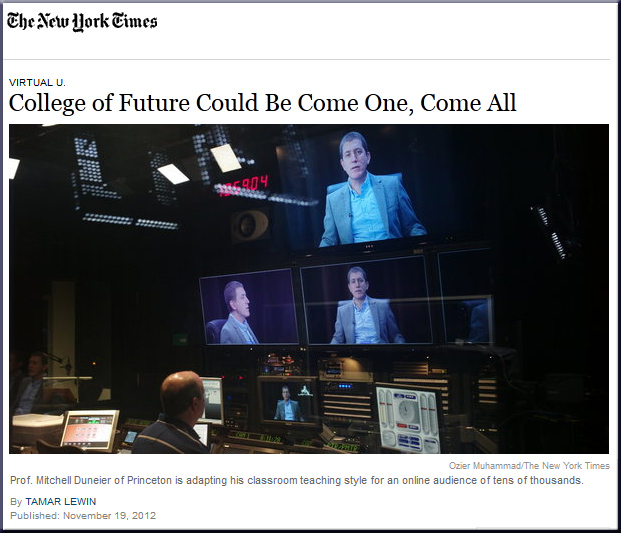

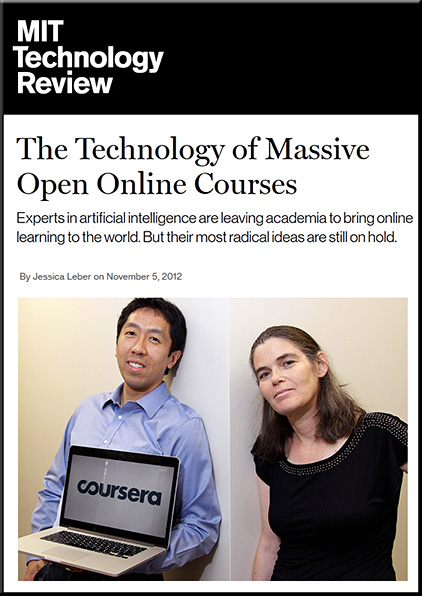
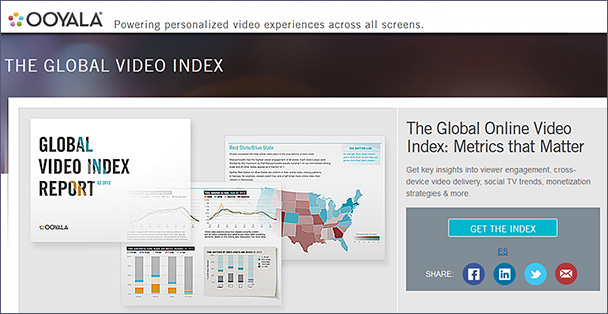

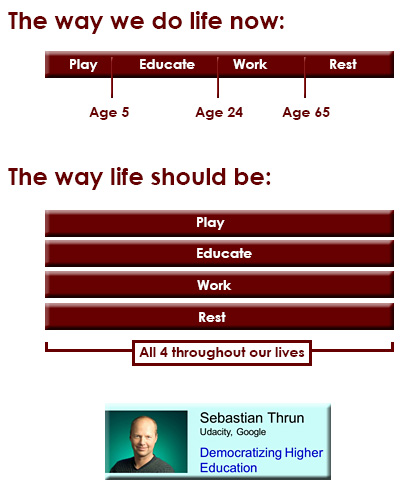

![The-Living-Class-Room-Daniel-S-Christian---July-2012 The Living [Class] Room -- by Daniel Christian -- July 2012 -- a second device used in conjunction with a Smart/Connected TV](http://danielschristian.com/learning-ecosystems/wp-content/uploads/2012/07/The-Living-Class-Room-Daniel-S-Christian-July-2012.jpg)
